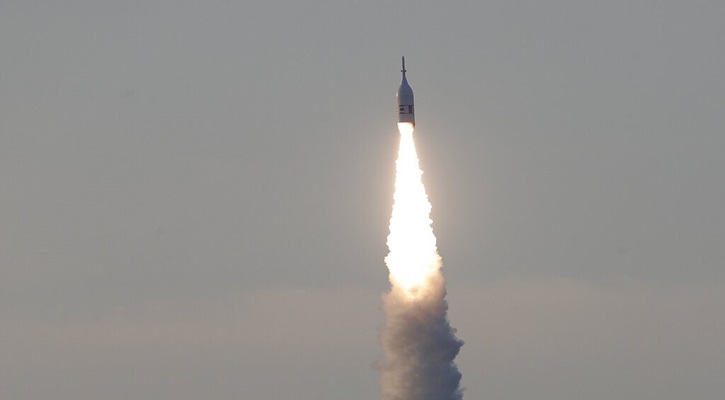Rolle im Portfolio
The iShares MSCI Europe UCITS ETF can be used as a core portfolio building block for investors seeking exposure to equity markets across developed Europe. As for its potential uses as a tactical tool, more aggressive investors could use this ETF to overweight European equities in an already diversified portfolio.
The inclusion of Switzerland and the UK within the MSCI Europe Index makes this ETF a somewhat more diversified option than a strict Eurozone equity benchmark. Still, at 0.99, the 10-year correlation between the MSCI Europe index and the MSCI EMU index has been almost perfect. As such, there is no real diversification benefit to using this fund in tandem with other vehicles tracking broad developed Europe benchmarks.
Investors in the UK or Switzerland, who already have exposure to their domestic equity market, perhaps through a FTSE 100- or SMI-following ETF, should take care not to unintentionally overweight their domestic exposure in their portfolio by adding this ETF.
Fundamentale Analyse
Meanwhile, on the other side of the Channel, the UK – the largest country exposure of the index -, continues its strong recovery. The economy is well on track to grow by about 3.2% this year after a 1.7% expansion in 2013, making it the fastest growing developed economy. The recovery has mainly been driven by the services as well as the construction and manufacturing sectors. On the back of an improving outlook, UK interest rates are expected to start rising in H1-2015, though the exact timing of the first rate move since March 2009 will remain dependent on the progress of the economy, while subsequent increases will likely be small, gradual and towards a “new normal” peak below the pre-crisis era.UK interest rates are expected to start rising in H1-2015, though the exact timing of the first rate move since March 2009 will remain dependent on the progress of the economy, while subsequent increases will likely be small, gradual and towards a “new normal” peak below the pre-crisis era.
Indexkonstruktion
The MSCI Europe Index includes approximately 85% of the equity market capitalisation of 16 countries across developed Europe. Components must meet minimum criteria for liquidity, as well as foreign ownership restrictions. The securities are weighed by free-float adjusted market capitalisation. There are around 440 stocks in the index. With about a third of the index weight, the UK is the most represented nation in the index, followed by France, Germany and Switzerland (all about 12%-15% of the index’s value). Meanwhile, the index has fairly limited sector concentration, with financials accounting for 20%-25% of the index’s value, followed by consumer staples and health care (both 10%-15%).The index is also well-diversified at the stock level, with about 20% of its total value comprised by the top ten constituents. The largest single equity exposure represented is Nestle, with a 3% weighting, followed by Novartis (2%-3%) and Roche Holding (2%-3%).
Fondskonstruktion
This fund uses full replication techniques to track the performance of the MSCI Europe Index. The fund holds all the constituents of the index. iShares engages in securities lending and can lend up to 100% of the securities within this fund to improve its performance. The gross revenue generated from this activity are split 62.5/37.5 between the fund and the lending agent BlackRock, whereby BlackRock covers the costs involved. The fund lent out 6.91% on average over the past 12 months ending March 2015. To protect the fund from a borrower’s default, BlackRock takes collateral greater than the loan value. Collateral levels vary between 102.5% and 112% of the value of securities on loan, depending on the assets provided by the borrower as collateral. Additional counterparty risk mitigation measures include borrower default indemnification. Specifically, BlackRock commits to replace the securities that a borrower would fail to return. The indemnification agreement is subject to changes, and in some cases without notice. For cash and dividend management purposes, the fund uses futures, thus limiting tracking error.
Gebühren
The fund charges a total expense ratio (TER) of 0.35%. This lies in upper of the range of ETFs tracking pan-European indices. Other potential costs associated with holding this fund which are not included in the TER include rebalancing costs, bid-ask spreads and brokerage fees. Income generated from securities lending helps to recoup some of the total costs.
Alternativen
There are several ETFs offering European equity exposure, tracking different indices. The largest alternative in terms of total asset under management is the iShares STOXX Europe 600 (DE) ETF, which uses physical replication and levies a TER of 0.20%. The underlying index is very similar to the MSCI Europe Index in terms of sector and country exposure. However, the MSCI Europe Index has slightly fewer constituents. Investors looking for pure eurozone exposure could consider EURO STOXX 50 ETFs, of which there are plenty.








.jpg)








